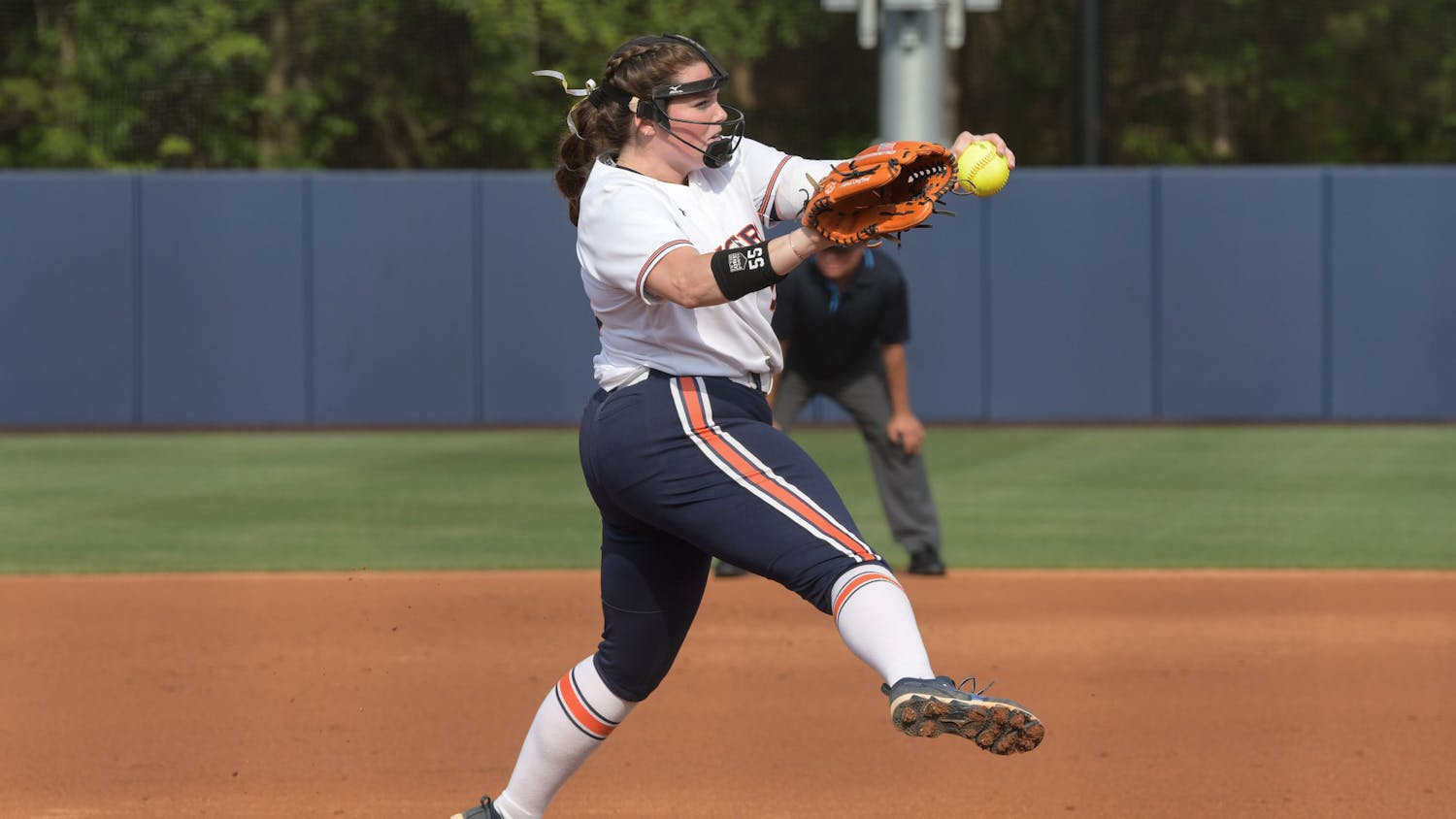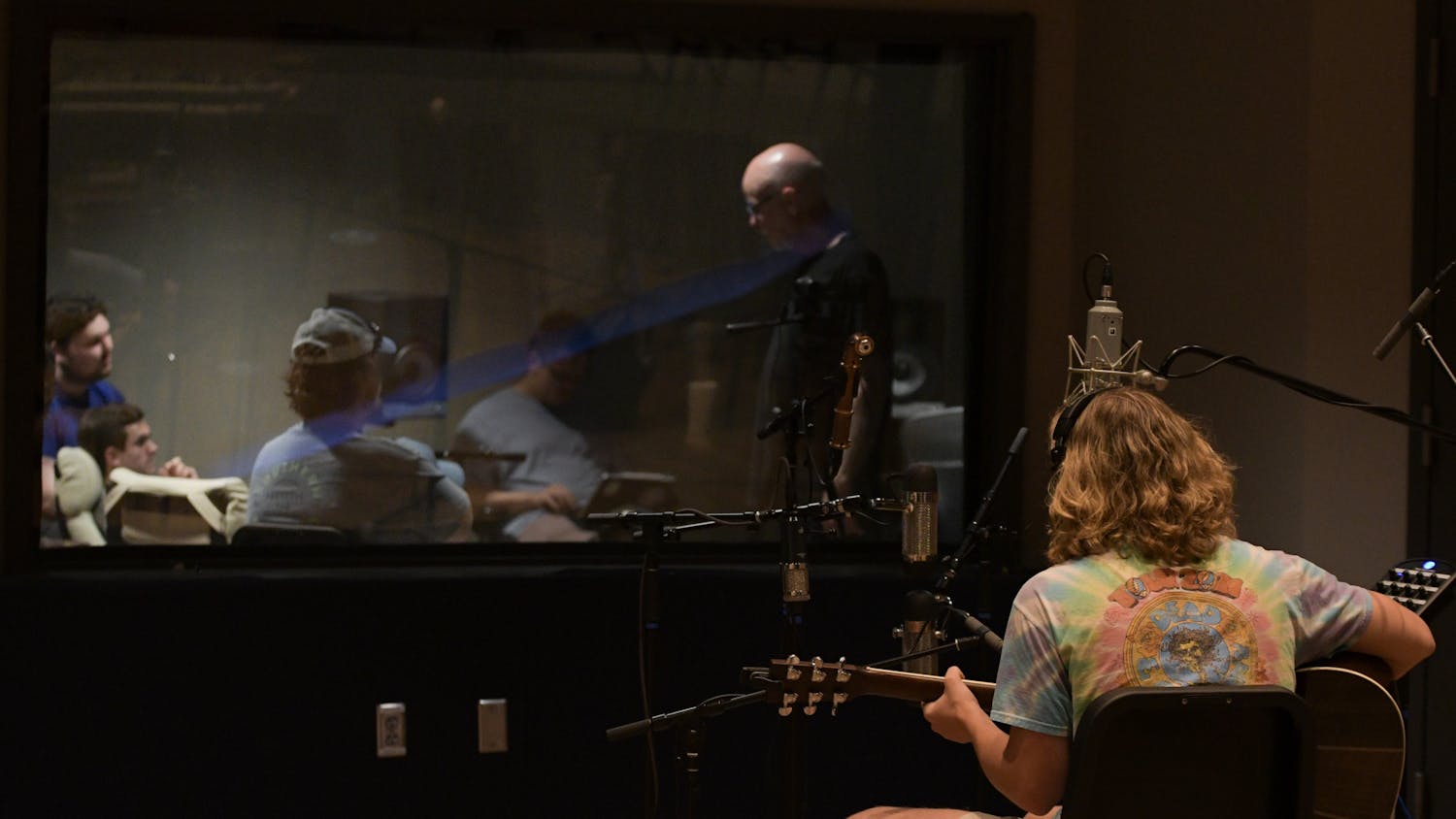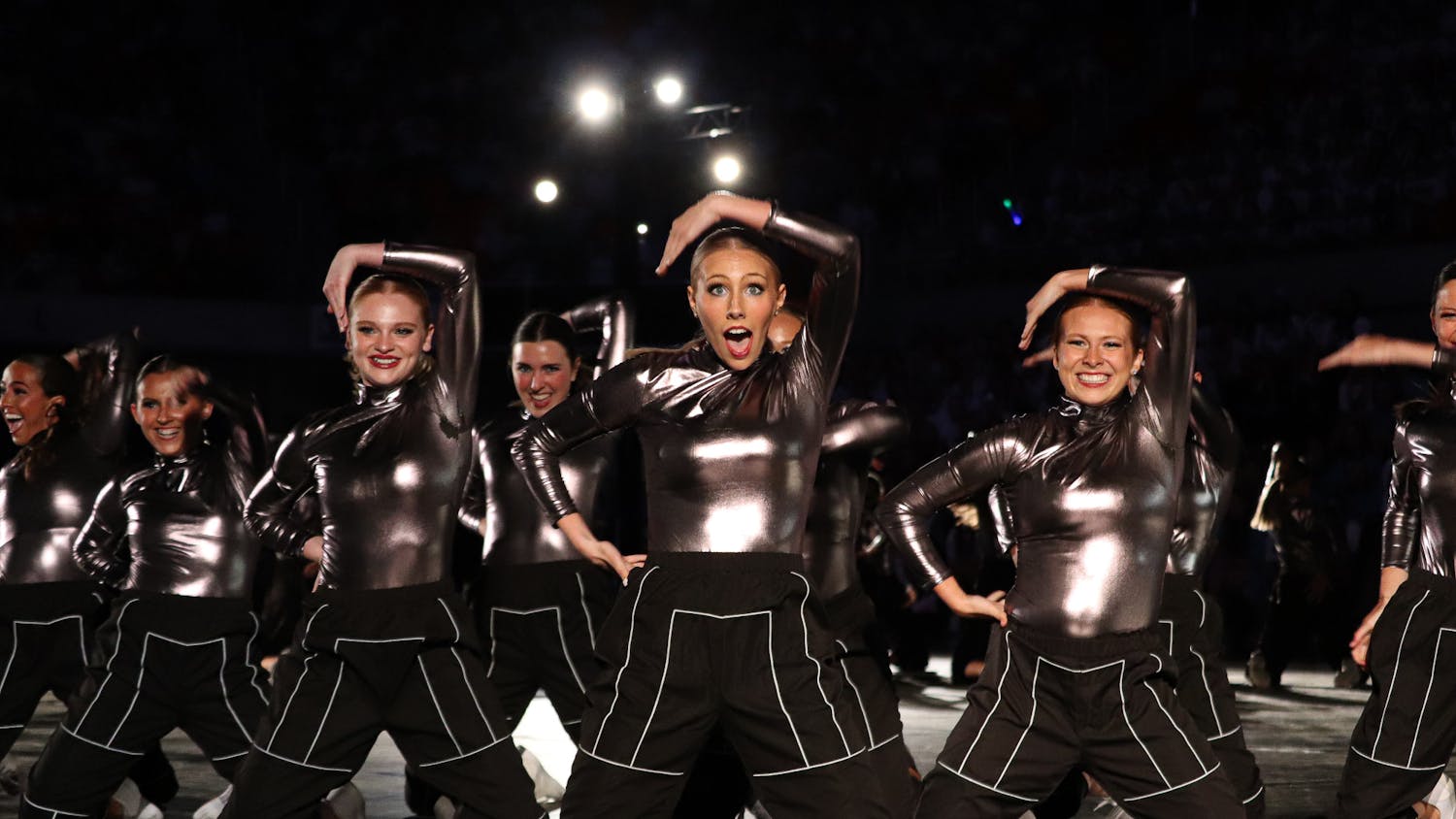Instead of traveling by car, boat, plane or rail, people could be traveling more than 700 mph in a near-vacuum tube called the Hyperloop. It may sound like science-fiction, but students at Auburn University are designing a pod for such a tube that would cut cross-country travel time to 30 minutes.
Composed entirely of students, the Auburn University Hyperloop Team is working to meet the first pod design deadline on Oct. 30, despite not having any funding from the University for testing.
Elon Musk, founder of SpaceX and Tesla who is often compared to Tony Stark in terms of money and engineering know-how, released his designs for the fifth mode of transportation in 2013.
SpaceX has since called on engineers and university students to develop pods for their Hyperloop test track, which is scheduled to be completed in California by June 2016.
Rehman Qureshi, aerodynamics and exterior structure team lead for the Auburn University Hyperloop Team and junior in aerospace engineering, discovered the Hyperloop competition while watching a press conference of SpaceX’s failed Falcon 9 rocket launch in June.
Musk segwayed into the Hyperloop competition and captured Qureshi’s interest while trying to deviate away from the failed launch during the conference.
“When cars first came out, everyone thought it was revolutionary,” Qureshi said. “For me, it’s more about the big picture.”
The Hyperloop competition was the buzz of the Tesla office while Addison Baitcher, co-captain of Auburn University Hyperloop Team and senior in mechanical engineering, was interning there during the summer. Baitcher came into contact with Alexander Thompson, co-captain of Auburn University Hyperloop Team and senior in mechanical engineering, about forming a team through a professor.
While they wanted to start a team, Baitcher said he couldn’t recruit from his internship.
Qureshi contacted Baitcher and Thompson with 25 students ready to begin designing.
“At that point, we were still evaluating how feasible the project was,” Baitcher said. “There was a lot of hesitation on both our parts. We didn’t want to sign our names on a failure. But at the same time, you have to risk a little bit to be successful.”
The team has since garnered more than 50 people, ranging from seniors to freshmen to graduate students in engineering majors.
“We’re serious about this, we’re making real progress, we have real numbers on paper, we can see things coming together,” Baitcher said. “I want to win. That’s my goal. That should be every team’s goal. I want to go up there and I want to compete, and I want to establish our identity as a top-tier engineering school. That’s what we are.”
The Hyperloop team is divided into three groups to design the pod: electrical, industrial and mechanical and aerodynamics.
The pods designed for the competition will be a scaled down version of the final product. Instead of traveling 700 mph, competitors must design a pod that can travel approximately 250 mph. The pod must be less than 14 feet in length, less than 4.5 feet in in width, 3.5 feet width at its base and 3.75 feet in height. It must also weigh less than 11,000 pounds, according to the SpaceX Hyperloop Pod Competition Rules and Regulations.
The pod must also have a braking system. The Hyperloop tube itself will provide power to accelerate the pod, so designing a propulsion system is not required or even suggested for the competition.
The Hyperloop team’s mechanical and aerodynamics teams are currently designing their pod that meets those specifications, but one that weighs approximately 8,000 pounds.
Their pod will also levitate, which isn’t a requirement for the competition, but “wheeled vehicles ... are unlikely to win prizes,” according to the SpaceX Hyperloop Pod Competition Rules and Regulations.
The Hyperloop team plans to take in air from the front of the vehicle through a compressor and force it beneath the pod to levitate it microns above the surface of the tube, according to Thomas Serna, aero-mechanical technical division team lead and senior in mechanical engineering. The resulting effect will be like a puck on an air hockey table.
The pod will be made of aluminum, but Qureshi said he plans to speak to the polymer and fiber department about finding better materials to design the pod with.
However, there are still details left out of the competition rules and regulations, which Michael Ontiveros, aero-mechanical division co-manager and senior in mechanical engineering, said makes the competition more difficult.
“We don’t have the competition tube size or dimensions,” Ontiveros said. “We know (how small the competition tube will be), but we don’t know how big it’s going to be yet.”
Understanding the size of the tube would allow the team to maximize the air intake to power their levitation system, or know if its pod will even fit in the tube. Tube specifications are expected to be released in early October.
“There’s too many unknown factors, so we just have a target that we’re going to try and hit eventually,” Serna said.
If the team is picked to move beyond the preliminary design deadline on Oct. 30, it will organize a final design package, due on Dec. 23, and present its pod design at Texas A&M on Jan. 15-16. Thompson said he is confident the team will make it to Texas.
“I’m confident we can make it to (Texas A&M) with the crew we have now,” Thompson said. “I’m really pleased with all the people we recruited over the course of the summer and the beginning of the semester.”
Do you like this story? The Plainsman doesn't accept money from tuition or student fees, and we don't charge a subscription fee. But you can donate to support The Plainsman.



